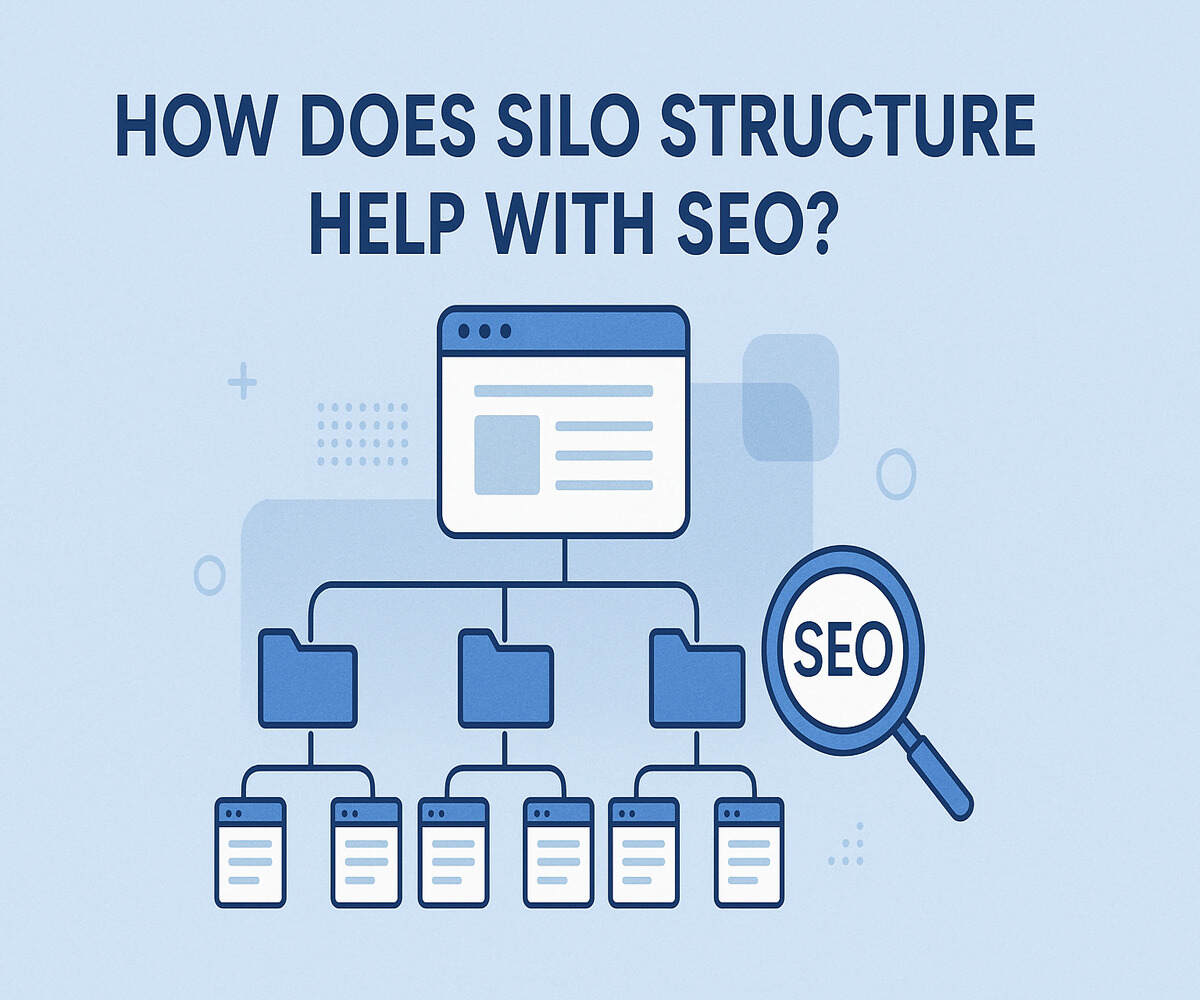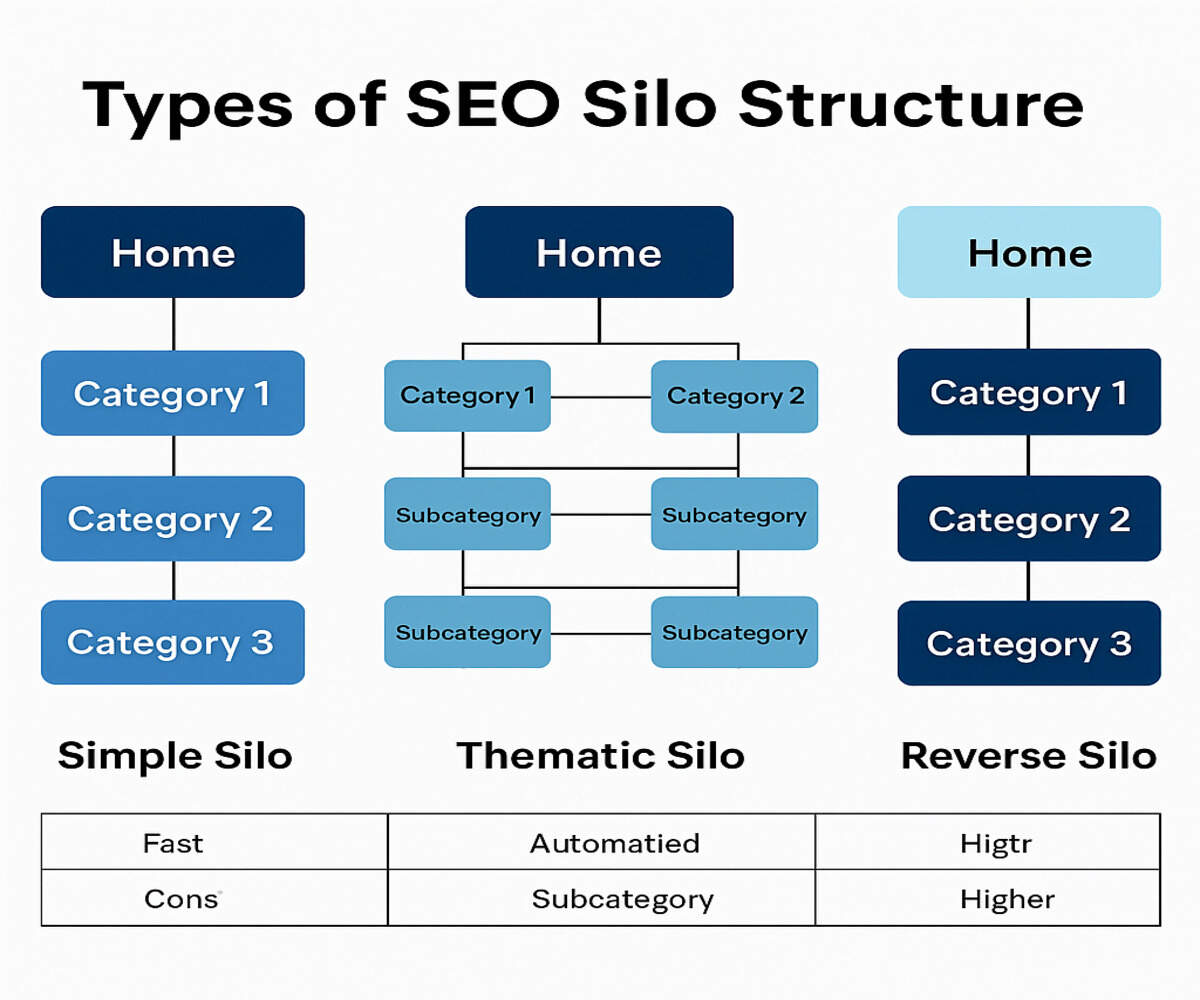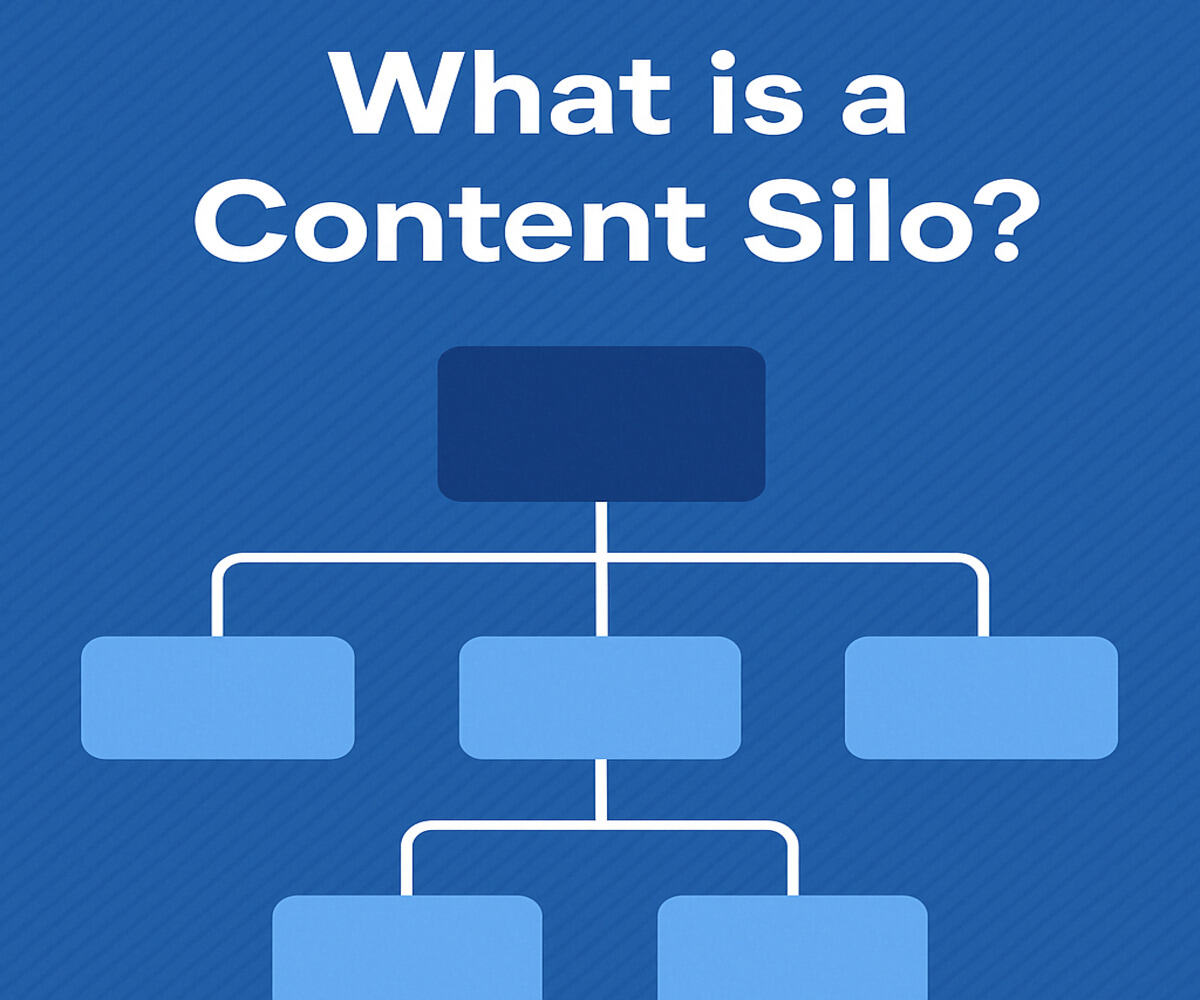SEO Silo Structure: Understanding how your website is structured is crucial to both user experience and search engine performance. The Silo Structure offers immense SEO benefits, yet it remains one of the most overlooked methods. From improved keyword rankings to better content discoverability, this method can reshape how your site is indexed and understood by search engines.
What is Silo Structure?
The Silo Structure Definition refers to a method of organizing website content into categories and subcategories that group related information together. The term Silo Meaning in SEO refers to a virtual “content warehouse” where similar topics live under one parent category.
In simpler terms, a silo structure ensures that all related content is linked and grouped in a meaningful way — like keeping all your kitchen items in one drawer rather than scattered across the house.
How Does Silo Structure Help With SEO?

An organized silo structure allows search engines to easily interpret your website’s content hierarchy. By linking related content, you’re telling Google, “These pages are connected and important.” This boosts topical authority, improves internal linking, and enhances crawlability.
Here’s how a silo structure directly improves your SEO:
- Better Keyword Relevance: Content grouped in silos ranks higher for related terms.
- Improved Crawl Efficiency: Search engines crawl fewer links to understand your website.
- User Experience: Readers can easily find relevant content.
- Lower Bounce Rates: Relevant internal links keep users engaged longer.
Types of SEO Silo Structure

There are mainly two types of SEO silo structure:
1. Physical Silo Structure
This uses the actual folder path in URLs to group topics. For example:
www.example.com/blog/seo/on-page-seo-guide
- Content is grouped by categories in folders.
- Easy to organize in CMS platforms.
- Enhances content clarity for search engines.
ALSO READ: Why Use Social Media Marketing for Small Business
2. Virtual Silo Structure
This relies on internal linking rather than folder-based categorization. For example:
Linking a blog post about “Meta Descriptions” to another about “Title Tags.”
- Ideal for existing websites with flat URL structures.
- Uses anchor text and smart linking to group content.
- More flexible and easier to update.
Both types of SEO silo structure have their pros and cons, but the best sites often use a hybrid of both
What is a Content Silo?

A content silo is a group of related blog posts or pages structured around a core topic. For instance, if you’re writing about “Digital Marketing,” your content silo may include pages on SEO, social media, content marketing, and analytics — all internally linked and under the parent “Digital Marketing” page.
Using a content silo ensures that you build topical authority — which is highly favored by search engines today.
Also Read: Storytelling in Advertising
Real-Life Case Study: Boosting SEO
Before:
- Disorganized content spread across 50+ pages.
- No internal linking or categorization.
- Ranking only for 10–15 low-competition keywords.
After Implementing a Silo Structure:
- Organized content into 5 primary silos: Ads, Short Films, Event Coverage, Music Videos, and Behind-the-Scenes.
- Used both physical (folder structure) and virtual (internal links).
- Internal links strengthened each topic cluster.
- Within 4 months, keyword rankings grew by 250%.
- Ranked #1 for “Best Production House in Delhi” and 50+ keywords.
How Silo Structure Has Evolved Over Time
Previously, silos were only seen as technical folder structures. But with algorithm updates like Google’s Hummingbird and Helpful Content, the silo structure now focuses more on topical relevance and internal context. Modern silos are:
- Less about folders, more about intent-based linking.
- Driven by pillar content and supporting blog posts.
- Aligned with user journey, not just keywords.
Advantages of SEO Silo Structure
Advantages | Explanation |
Boosts SEO rankings | Groups content topically, helping Google understand relevance |
Improves crawlability | Makes it easier for bots to navigate and index your site |
Builds authority | Demonstrates depth in specific topic areas |
Enhances user experience | Readers find related content easily |
Reduces bounce rate | Smart internal links keep visitors on site longer |
Disadvantages of SEO Silo Structure
Disadvantages | Explanation |
Requires planning | Needs upfront strategy and content mapping |
May involve restructuring | Older sites may need reorganization |
Risk of over-siloing | Too many silos can fragment content instead of consolidating it |
ALSO READ: The ultimate Guide to choosing the right SEO Company for your business
FAQs
Q1: What is the meaning of silo in SEO?
A: In SEO, silo meaning refers to grouping related content together to build topical authority and structure your website effectively.
Q2: What is a content silo?
A: A content silo is a collection of interlinked content pieces centered around a core topic, enhancing search relevance and user experience.
Q3: Which types of SEO silo structure are most effective?
A: Both physical and virtual silo structures are effective. The best results come from using a hybrid of both based on your site’s needs.
Q4: How can I create a silo structure in WordPress?
A: Use categories and subcategories for physical silos, and smart internal linking for virtual silos. Plugins like Yoast SEO can help too.
Q5: What are the common mistakes in silo structuring?
A: Common issues include unclear hierarchy, poor internal linking, and lack of keyword focus in content clusters.
Conclusion
The silo structure is not just a content organization tactic — it’s an SEO powerhouse when done right. From improving crawlability to building topical authority, the benefits are substantial. Whether you use a content silo, a virtual structure, or a folder-based setup, the key is consistency and clarity.
In 2025 and beyond, as Google leans more toward content relevance and user experience, implementing a strong SEO silo structure will no longer be optional — it’ll be essential.


